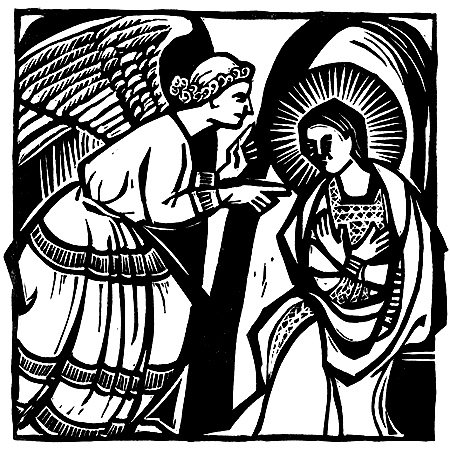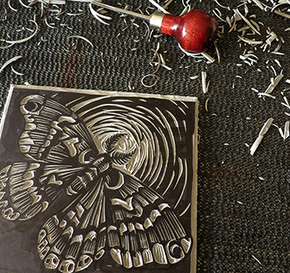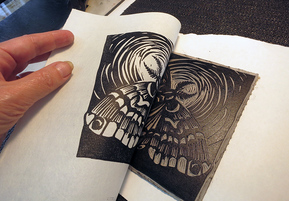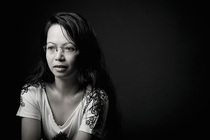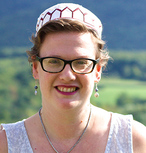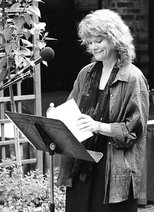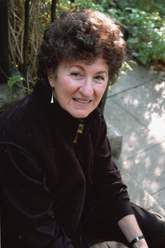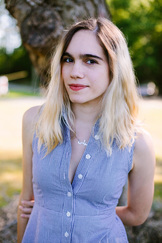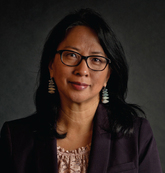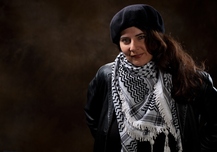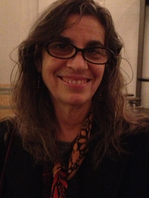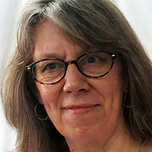|
ANNUNCIATION
72 pages, softcover, 8" x 10", $20.00 Published November 2015, now in third reprinting ISBN 978-1-927496-08-4 Order from: amazon.com amazon.ca or your country's site 10% of the proceeds from this book will be donated directly to refugee relief for women Readers write:
What a rich variety of poems. It is GORGEOUS! I am enjoying it immensely. Perfect for the season. What a beautiful book!! You are a true artist; your work is really beautiful. ... a lovely book, very thought provoking poetry, and beautifully illustrated. I love what I've read so far and already see some poets I want to get better acquainted with. One copy is a gift, and I'm so excited about giving it that I may explode before Christmas! ABOUT THE ILLUSTRATIONS
Annunciation is a collaboration between the invited poets and the artist and editor, Elizabeth Adams. The project began when she made a linocut relief print of the angel Gabriel appearing to Mary, inspired by a famous painting by Fra Angelico. The other illustrations were inspired by the poems themselves, and the rich imagery they contained. Making relief prints is a labor-intensive multi-step process, dating back to the earliest days of printmaking and, eventually, book printing.
It begins with a drawing that is transferred to the block of linoleum or wood. The parts that the artist wants to remain unprinted are carved away.
Then the block is inked, with the raised, uncut areas receiving a smooth coating of ink. Paper is placed in contact with the inked block, and rubbed by hand or the block-and-paper sandwich is put through a press.
In the Middle Ages, these sheets became part of the actual book, often in combination with printed wooden type. In the case of this modern book, the art prints were scanned, and the book printed from digital files.
|
Now in its third printing:
|


